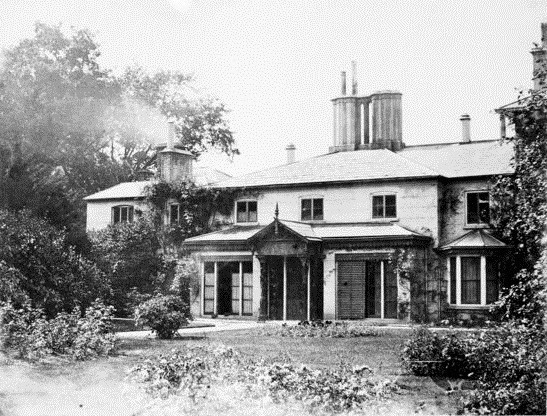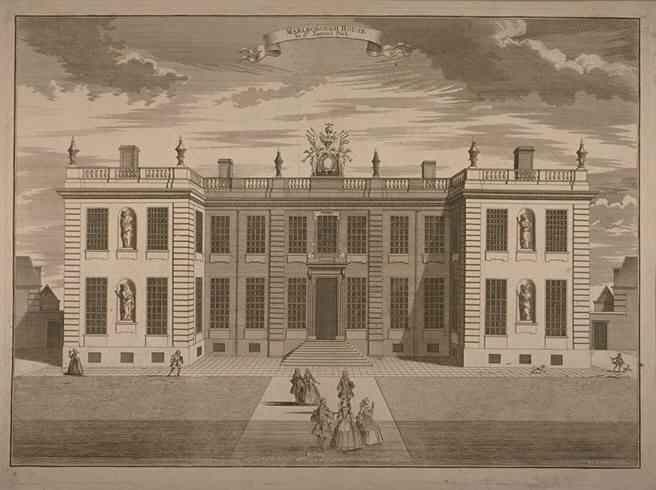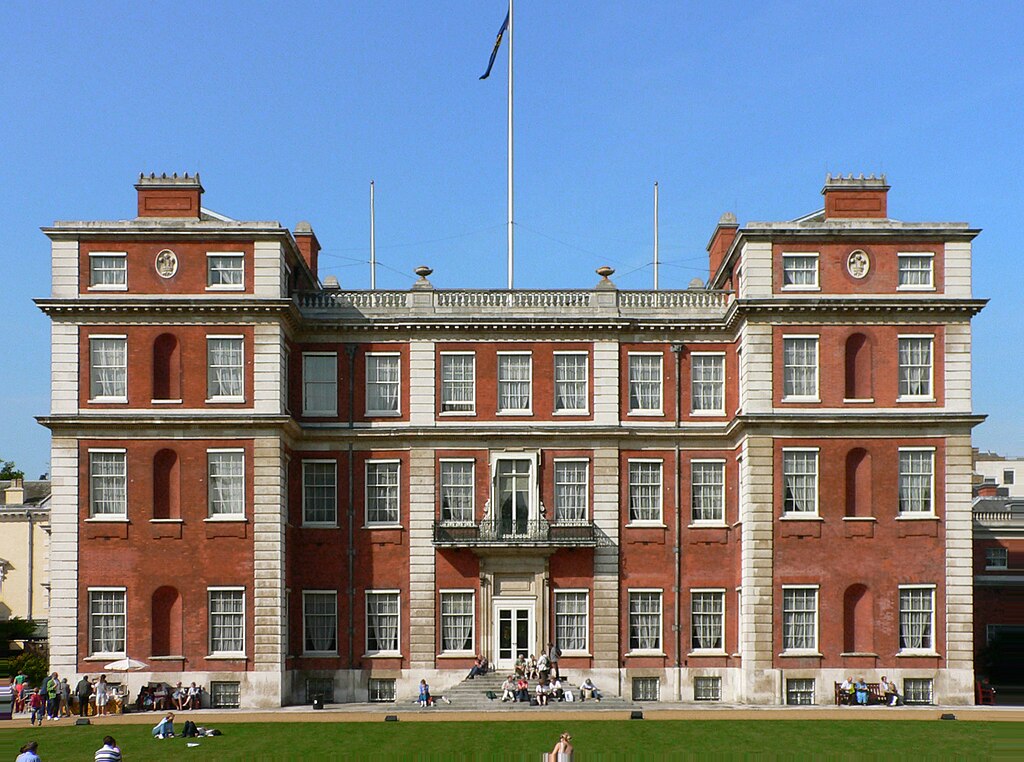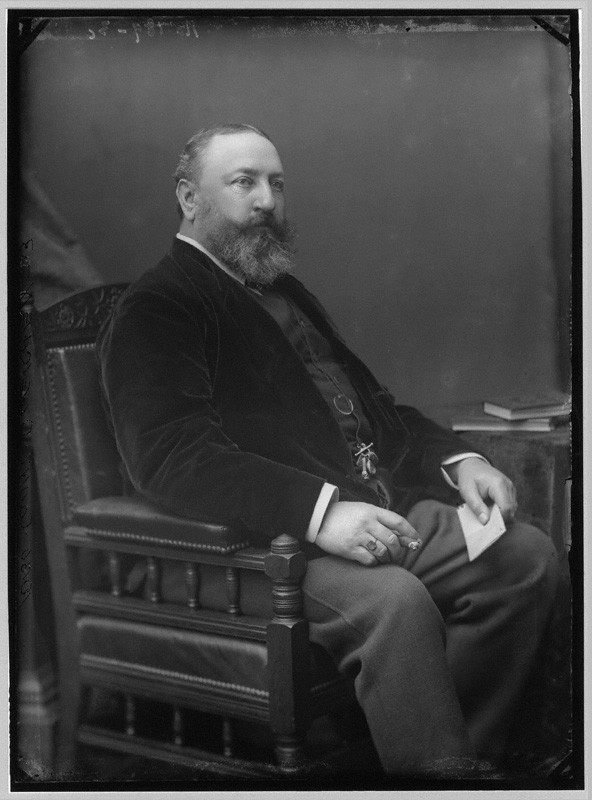by Scott Mehl
© Unofficial Royalty 2015
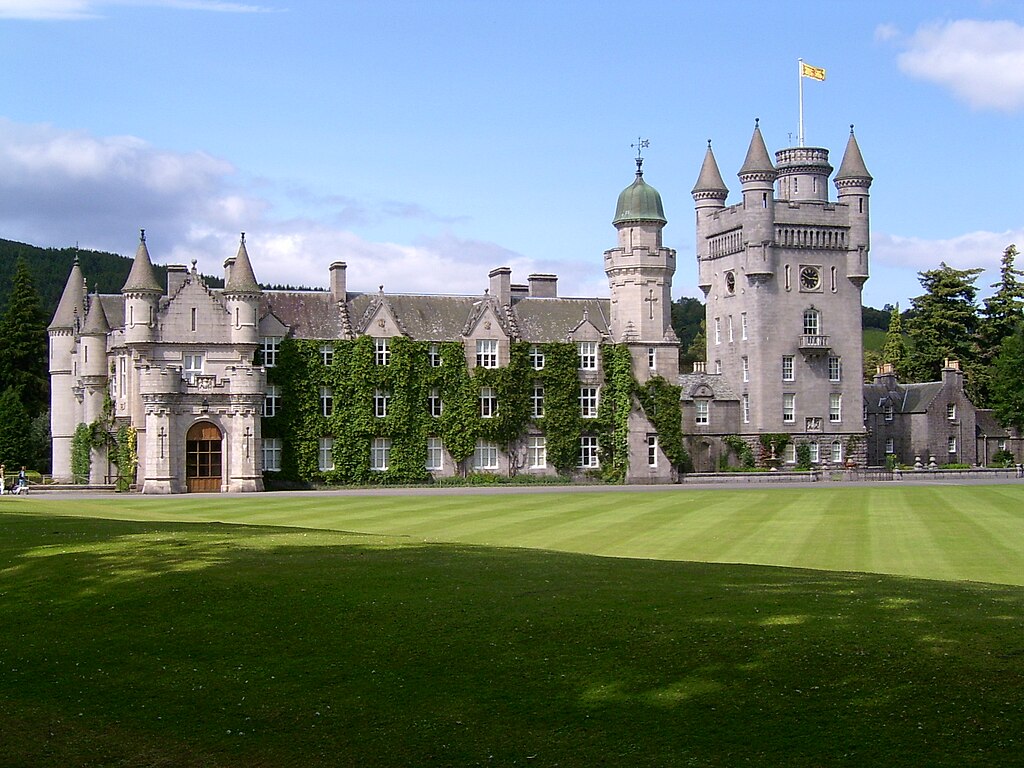
source: Wikipedia
Balmoral Castle
Balmoral Castle, located on the large Balmoral Estate in Aberdeenshire, Scotland, is the Sovereign’s private residence in Scotland. Originally purchased in 1852, it has been a favorite residence of the royal family ever since.
Queen Victoria and Prince Albert made several visits to Scotland beginning in 1842 and quickly fell in love with the Highlands. After staying at several other houses, Prince Albert arranged to acquire the lease on Balmoral Castle following the death of its previous tenant, Sir Robert Gordon, despite never having seen the castle or property before. Victoria and Albert first stayed at Balmoral in September 1848. Almost immediately, they realized the existing castle was too small for their large family and household, and plans were made to expand the building. However, Prince Albert was already in negotiations to purchase the estate. In June 1852, Albert purchased the castle and estate for £32,000, as well as purchasing the neighboring Birkhall estate, and leasing Abergeldie Castle.
In lieu of making any additions, it was decided instead to build a new castle just next to the existing one. In September 1853, Queen Victoria laid the foundation stone for the new castle, which was completed in 1856. At that point, the original building was torn down. That year, The Queen and her family began the tradition of spending time at Balmoral each year, where she was somewhat able to escape the formality of the court in London and indulge in her passions for painting and writing. Queen Victoria continued to visit Balmoral annually, making her last visit just a few months before her death.
The palace remained much the same until the reign of King George V and Queen Mary, who updated the building and designed many of the formal gardens. With the purchase of the neighboring Delnadamph Lodge and estate in 1978, the Balmoral Estate now comprises 50,000 acres, and include grouse moors and farmland, as well as the 2,500-acre Ballochbuie Forest, which was purchased by Queen Victoria in 1878 to save it from destruction.

Queen Elizabeth II greeting the Prime Minister at Balmoral. source: The Mirror
The late Queen Elizabeth II spent her summer holiday at Balmoral, often with other members of the Royal Family. While there, she and the Duke of Edinburgh undertook many local engagements, as well as traditionally hosting the Prime Minister for a weekend. She also held a ball for the estate workers, known as the Ghillie’s Ball. Queen Elizabeth II died at Balmoral Castle on September 8, 2022.
Also on the estate is Craigowan Lodge. This is typically used for guests and was where the Prince and Princess of Wales usually stayed while visiting Balmoral. Today, it is best known for being where Queen Elizabeth II stayed when she first arrived in Scotland for her summer holiday. As Balmoral was usually still open to the public, she stayed at Craigowan Lodge for several days until the tours have ended.
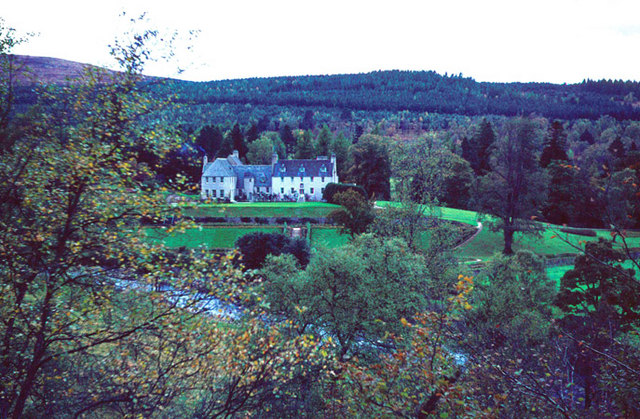
Birkhall. source: Wikipedia, photo by Alan Findlay
Several miles to the east is Birkhall, which is currently the Scottish home of the Prince of Wales and Duchess of Cornwall (Now The King and Queen Consort). The Birkhall estate, as mentioned above, was purchased by Prince Albert at the same time as Balmoral. It was initially given to the future King Edward VII, but he preferred to stay at Abergeldie Castle. It later became housing for staff and extended family and served as the residence of the Keeper of the Privy Purse to King Edward VII, Dighton Probyn.
In the 1930s, King George V gave Birkhall to the Duke and Duchess of York who used it quite often prior to their accession in 1936. Following their marriage in 1947, Birkhall was often used by then-Princess Elizabeth and The Duke of Edinburgh. Following George VI’s death in 1952, Birkhall became the home of The Queen Mother until her death in 2002. Soon after, The Prince of Wales took over the property, and it is where he honeymooned with the Duchess of Cornwall following their marriage in 2005.
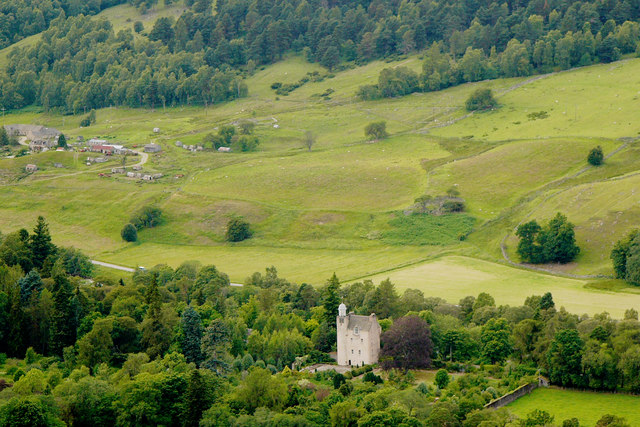
Abergeldie Castle. source: Wikipedia, photo by Peter Gordon
Abergeldie Castle was originally leased by Prince Albert as part of the purchase of Balmoral and Birkhall. It was first used by Queen Victoria’s mother, The Duchess of Kent, and later by Empress Eugenie of France. It then became the preferred residence of the future King Edward VII. While no longer holding the lease to the castle itself, the Royal Family still retain the lease to the estate’s game lands.
Learn more about the other British Royal Residences here!
This article is the intellectual property of Unofficial Royalty and is NOT TO BE COPIED, EDITED, OR POSTED IN ANY FORM ON ANOTHER WEBSITE under any circumstances. It is permissible to use a link that directs to Unofficial Royalty.





















